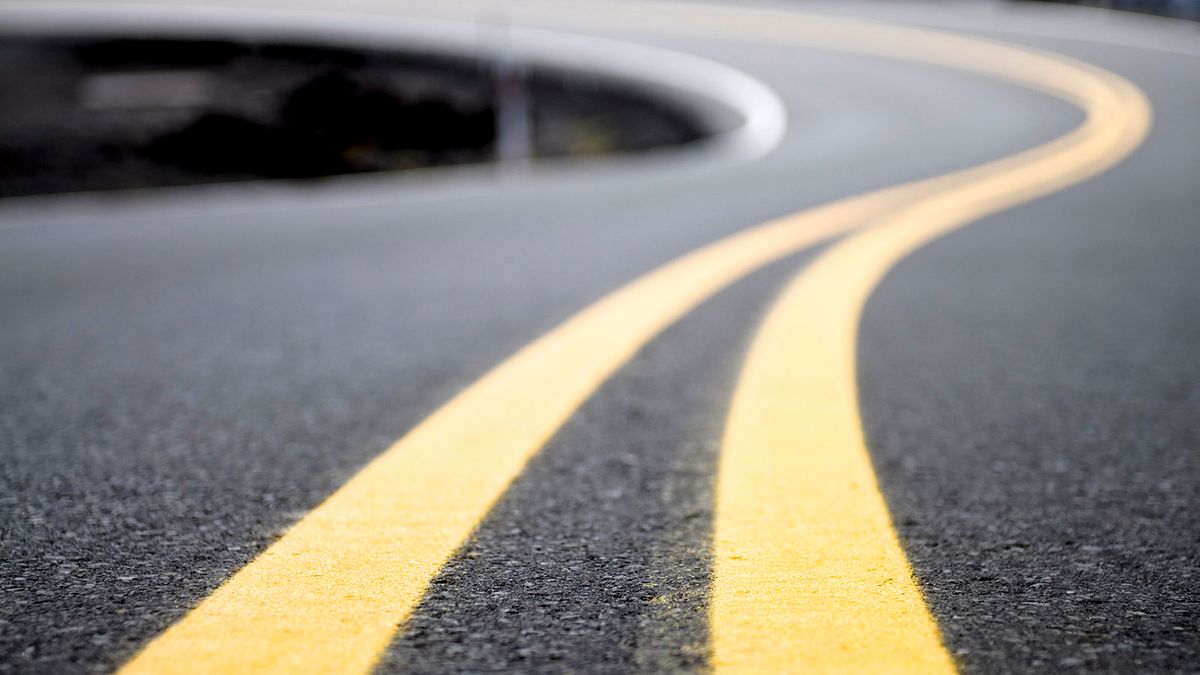How A1 Professional Asphalt & Sealing Llc can Save You Time, Stress, and Money.
How A1 Professional Asphalt & Sealing Llc can Save You Time, Stress, and Money.
Blog Article
Rumored Buzz on A1 Professional Asphalt & Sealing Llc
Table of ContentsA1 Professional Asphalt & Sealing Llc - The FactsSome Ideas on A1 Professional Asphalt & Sealing Llc You Need To KnowEverything about A1 Professional Asphalt & Sealing LlcExcitement About A1 Professional Asphalt & Sealing LlcSome Known Details About A1 Professional Asphalt & Sealing Llc

The oil in an automobile engine is not just oil. It contains a variety of additives to improve the lorry's performance. These include polymers, viscosity modifiers, warmth stabilizers, additional lubricants, and use ingredients. The REOB has all the ingredients that remained in the waste oil as well as the wear metals from the engine (mainly iron and copper).
However, by making several blends utilizing various REOB samples and various asphalt binders, the variants mostly can be balanced out. Several States provided examples of known REOB make-up to TFHRC scientists, who evaluated the examples to compare the portion of added (recognized) REOB to the discovered (examined) quantity. The evaluations showed a similar percentage of included and found REOB.
Get This Report on A1 Professional Asphalt & Sealing Llc
None of those States realized that the asphalt they were acquiring included REOB. One State urged its samples had no REOB - https://triberr.com/a1asphaltseal.
Of the 1,532 examples evaluated, 12 percent contained REOB, and some consisted of significantly high degrees of it at 1020 percent. The greatest level was 34 percent in a sample from Texas, which TxDOT had made use of in a patching compound. This screening likewise disclosed the presence of phosphoric acid in 11 percent of the examples, and 2 percent included ground tire rubber.
2 years earlier at TRB's yearly meeting, the Federal scientists held an REOB workshop and offered the searchings for of their lab evaluations to a standing room-only crowd. Some agencies do not especially prohibit REOB, they do impose physical tests that avert its useeffectively a restriction. Others do not ban it by specification, however have arrangements with asphalt vendors to stay clear of using REOB
The Main Principles Of A1 Professional Asphalt & Sealing Llc
A handful do enable REOB, some within certain limitations. As an example, Ohio and Texas limit degrees to much less than 5 percent of the asphalt. To create a trusted test approach that all States can utilize, the TFHRC researchers established a round-robin examination strategy. The participants are 11 State highway firms (Illinois, Massachusetts, Minnesota, Mississippi, Montana, North Carolina, Oklahoma, South Carolina, Texas, Vermont, and Wyoming), 2 independent screening labs, the Ministry of Transportation in Ontario, Queen's University in Ontario, and an Ontario paving specialist.
In overall, the scientists prepared and delivered 720 blends. The individuals are checking the examples independently making use of the standards supplied by the TFHRC researchers. The round-robin screening is virtually completed, and TFHRC remains in the process of collecting the results. The outcome will be a recommended AASHTO test approach that any kind of State can embrace and utilize (what is cold asphalt?).
The sidewalk with REOB, which lies 0.6 mile (1 kilometer) from the pavement without REOB, has the same subgrade, website traffic density, and climate. The sector of Highway655 with 5 to 10 percent REOB revealed significant fracturing. In this example, the existence of REOB was the identified source of fracturing at a reduced temperature levels.
"In our experience in copyright, even tiny amounts of 23 percent can be a trouble." Likewise, a section of test pavement in Minnesota (MN1-4) located to include REOB likewise split prematurely. The pavement carried out well for the initial 3 to 4 years, yet after that began to split. This pavement is also subject to reduced temperature levels.
All about A1 Professional Asphalt & Sealing Llc
The examinations were not extensive, yet they showed that at degrees of 6 percent or more, the tensile toughness of the asphalt dropped considerably. At a degree of 3.5 percent REOB, the home variation in the physical test methods was better than the result of REOB. In truth, it was challenging for scientists to evaluate whether REOB existed.

One binder specification taken into consideration is the distinction in between the reduced temperature level critical specification temperature for stiffness (S) in the bending beam rheometer and the bending beam of light rheometer creep slope (m-value) noted as Tcritical. TC = TC (S) TC (m-value). Evaluation of this criterion is still continuous. Two independent study teams, one from AASHTO and the other from the Asphalt Institute, wrapped up that even more study is required on the use of REOB in asphalt.
Previously, all asphalt testing measured design homes such as stiffness. These examinations do disappoint what materials had actually been included in the asphalt. One example gotten during the TFHRC research study had an extremely unusual analysis. The sample had the complying with examination results: Superpave PG 64-28 with a high temperature level grade of 67.3 Tcritical on the flexing beam of light rheometer was 6.7 levels Celsius.

The Single Strategy To Use For A1 Professional Asphalt & Sealing Llc
These outcomes show there are weaknesses in the standard engineering screening procedures that might be manipulated. The manufacturer may have a financial advantage and the product passes all the standardized tests, yet the product might not be beneficial to making certain long-term efficiency. To address this problem and the expansion of brand-new asphalt ingredients and extenders, TFHRC is starting a study program to use handheld spectroscopic gadgets, x-ray fluorescence spectroscopy, and Fourier change infrared spectroscopy to enable analyses to be carried out in the field instead of needing to take examples back to the laboratory.
Report this page